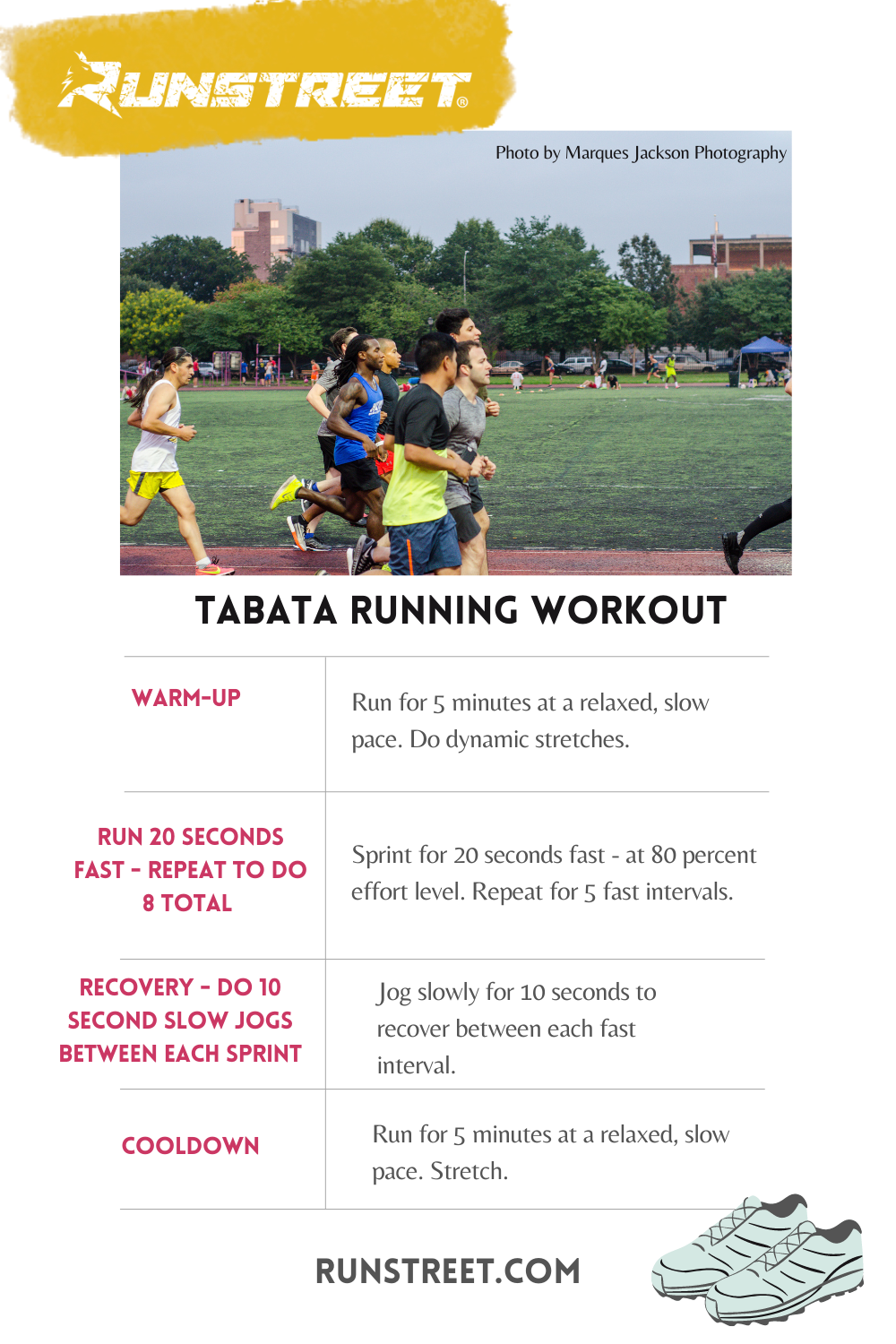Just How to avoid and Handle Pain in Running: Professional Tips and Advice
As joggers, we frequently discover ourselves captured between the euphoria of pressing our physical borders and the discomfort that can accompany it. The pursuit of that runner's high can often be hindered by the undesirable buddy of discomfort. Whether you are an experienced marathoner or a newbie hitting the sidewalk for the very first time, the unpleasant visibility of discomfort and pain is an usual denominator. There exist tested techniques and experienced guidance that can aid minimize and manage these discomforts, allowing you to focus on the happiness of running itself.
Value of Proper Footwear
Correct shoes plays a vital duty in preventing and taking care of pain for runners, as it substantially influences their comfort, efficiency, and overall foot health. When it pertains to running, using the right shoes can make all the distinction. Uncomfortable or incorrect shoes can bring about a host of concerns such as blisters, shin splints, plantar fasciitis, and also much more serious injuries like stress cracks.
Selecting the right operating footwear includes thinking about variables such as foot kind, stride mechanics, running surface, and individual preferences. Runners with high arches might need even more padding and support, while those with level feet may profit from stability footwear. Furthermore, recognizing pronation (the internal rolling of the foot) and supination (the outside rolling of the foot) can aid in picking shoes that supply the right degree of arch support.
Buying top quality running footwear that are appropriate for your private needs can help avoid pain and discomfort while boosting your running experience. Prioritizing correct footwear is not almost efficiency however likewise about guarding your foot wellness over time.

Efficient Warm-up Strategies
A dynamic workout routine prior to a run assists raise blood circulation to the muscles, improves versatility, and enhances the range of activity of the joints. Dynamic extends like leg swings, high knees, and hip circles are advantageous in preparing the body for the physical needs of running.
In enhancement to dynamic stretches, incorporating some light cardio exercises such as running or skipping rope can better elevate the heart price and heat up the body. This combination of vibrant extending and light cardio aids loosen tight muscular tissues, oil the joints, and psychologically prepares the jogger for the upcoming workout (running strategy). By making workouts a regular part of your running routine, you can significantly reduce the risk of injuries and perform at your ideal during each run
Trick Stretching Exercises
When planning for a run, including key stretching exercises is necessary to improve muscular tissue flexibility and stop injuries - Read More. Dynamic stretches such as leg swings, high knees, and hip circles are helpful for heating up the muscular tissues and enhancing variety of motion you can try this out prior to a run. These activities assist improve blood flow, loosen limited muscle mass, and prepare the body for the task ahead
Static stretches like calf bone stretches, hamstring stretches, and quadriceps stretches ought to comply with a run to assist in muscular tissue recovery and stop tightness. Holding each stretch for 15-30 secs enables the muscular tissues to kick back and elongate, decreasing the risk of post-run discomfort and prospective injuries.
In addition, integrating yoga exercise presents like downward dog, pigeon pose, and spinal spins can target numerous muscle teams at the same time, promoting overall flexibility and toughness. Consistent extending regimens not just improve performance yet additionally aid in keeping excellent running type and avoiding overuse injuries. Keep in mind, appropriate stretching methods are critical for a secure and delightful running experience.
Recuperation and Relax Techniques
After finishing a run, applying effective healing and remainder approaches is necessary for making the most of performance and lessening the risk of injuries. In addition, incorporating rest days into your training schedule is crucial to protect against overuse injuries and fatigue.
Energetic healing techniques such as gentle stretching, foam rolling, and yoga can help improve flow, decrease muscular tissue soreness, and improve flexibility. It is also beneficial to focus on hydration and nutrition post-run to restore electrolytes, glycogen shops, and advertise muscle mass recovery.
Cross-training activities like swimming or cycling can give a break from the repeated impact of running while still keeping cardiovascular health and fitness - running strategy. Paying attention to your body and recognizing when it needs a break is key to stop chronic injuries and guaranteeing long-term running success. Bear in mind, remainder is not an indicator of weakness but an important element of an all-round training regimen
Cross-Training Conveniences

Furthermore, cross-training aids in protecting against psychological exhaustion by including selection to your workout routine, maintaining you motivated and taken part in your physical fitness trip. It allows you to work on various facets of physical fitness that may not be targeted exclusively through running, bring about an extra balanced and well-rounded athlete. In addition, cross-training can aid improve running performance by addressing muscular imbalances and weaknesses that may prevent performance. In general, incorporating cross-training right into your regimen can cause improved endurance, rate, and overall athletic efficiency while minimizing the possibility of injury.
Final Thought
Finally, correct footwear, workout techniques, extending workouts, recovery methods, and cross-training are vital parts in stopping and managing pain in running. By incorporating these techniques right into your regimen, you can decrease the danger of injury and discomfort while maximizing efficiency and satisfaction of the sporting activity. Read More. Remember to listen to your body, focus on remainder and recovery, and look for professional guidance when required to ensure a secure and reliable running experience